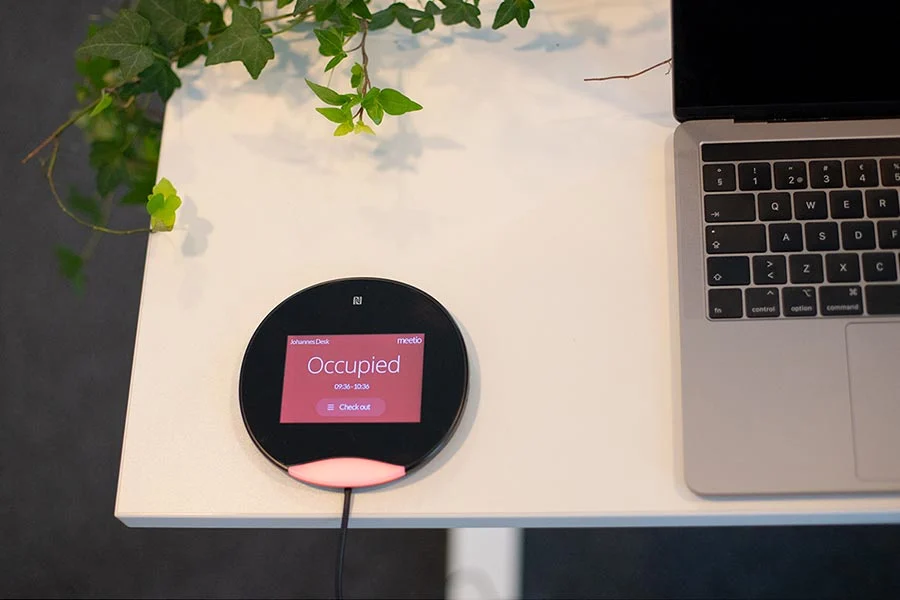Workplace design | Workplace trends | 3 min read
Workplace Trends: Dynamic Flexibility
- Written by | Editorial Team
We have spoken about sustainability and workplace design mimicking remote workspaces such as hotel lobbies or your own living room. The time has now come for dynamic flexibility.
It all started a few years ago…
… when dynamic spaces became popular. Dynamic spaces are pretty much what we explained above. It’s multifunctional spaces that can be transformed (at least a little bit) based on need. For example, it could involve personal flexibility in the form of adjustable desks so that you could perform tasks standing up or sitting down. Or it could be a larger form of flexibility such as desks on wheels or big green and moveable dividers so that you could change a whole room based on the need. If you work in an office now you’ll probably recognize this. It has pretty much become the new normal. The answer to this predicament is for every company to analyze their use of space by collecting their own data. A meeting room booking system does exactly that (Hey! Check out the perks with Meetio Admin here!). By allowing your coworkers to use a digital system instead of booking their meetings only through outlook or putting their name on a paper stuck to the wall, you immediately see the bottlenecks and which spaces are wasted. The new role for the workplace will be to serve as an arena for collaboration and interaction. It will be where we meet up our colleagues and discuss ideas, make decisions and socialize – just like always. But the difference is that the in-between work might take place elsewhere. This means that the design of the workplace will be more important than ever. Collaboration areas as lounge spaces, meeting rooms and other in-official meeting space will play a huge part. The same goes for flexible seating areas with bookable desks that employees can book for the hour or the day.What does it take؟
There are plenty of room reservation systems on the market, so how do you know which one to get? As with most products, it all comes down to features. Ideally, the one you choose should be a fully integrated system. Meetio, for instance, is a software and hardware suite. It has an app that lets people book a meeting room anytime and anywhere. Reservations are then automatically displayed either on a tablet outside a venue or even a flatscreen TV, notifying others where and when the room is booked. If you’d like to know more about Meetio and its features, feel free to request a free demo here.
Curious about ABW?
Read about our transition to an activity based workplace and (hopefully) get inspired!



